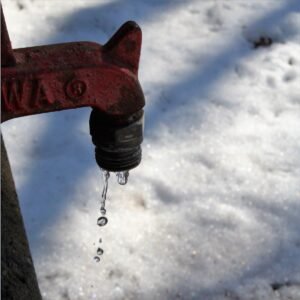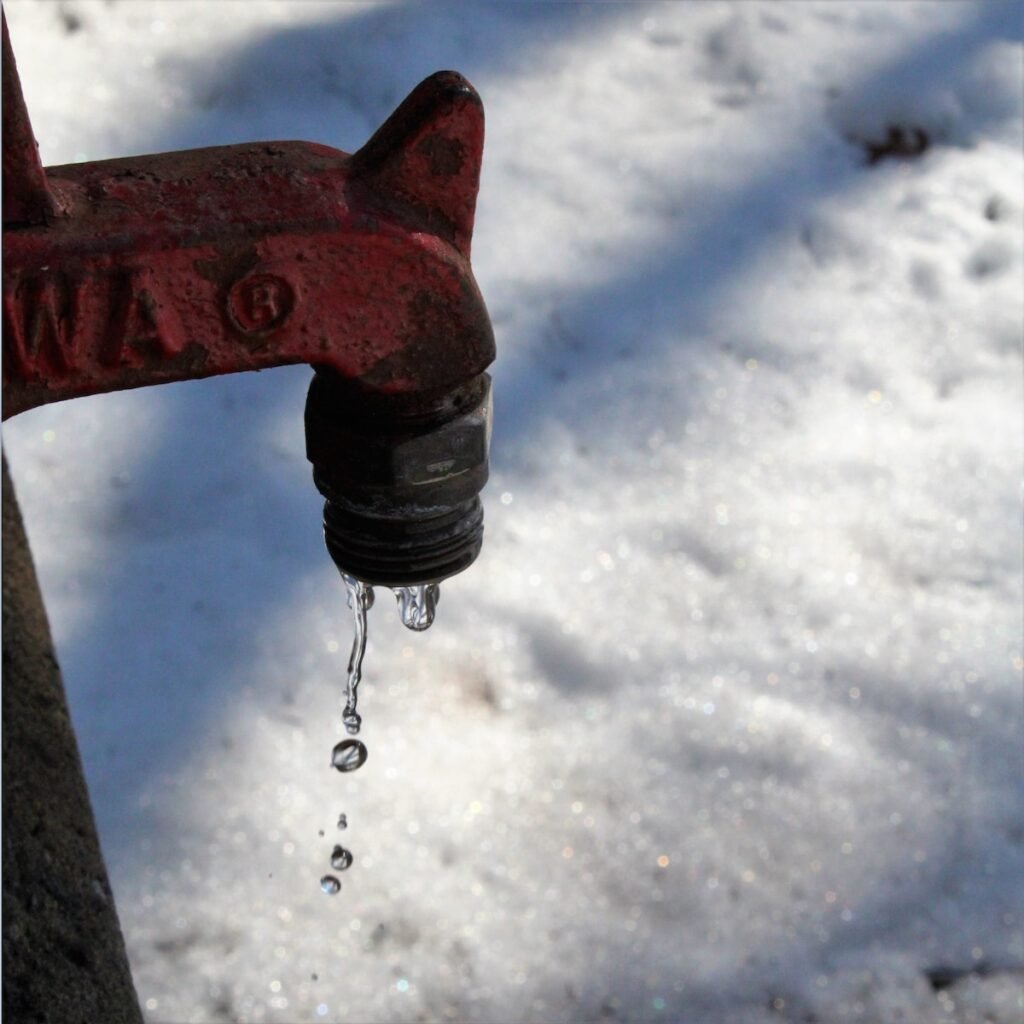Understanding the Importance of Leak Detection
Leakages can occur in various settings, whether it’s a residential, commercial, or industrial environment. While leaks may seem insignificant at first, the impact they can have on efficiency and safety should not be underestimated. Early detection and fixing of leaks not only save valuable resources like water and energy but also prevent potential damage to infrastructure and harm to individuals. In this article, we will explore efficient techniques for effective leak detection, highlighting the role of advanced technology, such as pressure tests, ultrasonic leak detection, thermal imaging, gas tracers, acoustic leak detection, electronic leak detectors, and hydrostatic testing.

Assessing the Impact of Leaks on Efficiency and Safety
Leakages have a significant impact on both efficiency and safety. In terms of efficiency, leaks can result in wastage of resources like water and energy, leading to increased utility bills and unnecessary expenses. Moreover, leaks can hinder the smooth functioning of equipment and systems, reducing their efficiency and overall productivity. On the safety front, leaks can pose a threat to individuals and property. For instance, gas leaks can lead to explosions, water leaks can cause structural damage, and chemical leaks can have severe health consequences. Therefore, it becomes crucial to identify and address leaks promptly to maintain efficiency and ensure the safety of all stakeholders.
Common Types of Leaks: A Comprehensive Overview
Leaks come in various forms, and understanding their types is paramount for effective detection. Among the most common types are water leaks, gas leaks, oil leaks, and refrigerant leaks. Water leaks can occur due to faulty plumbing, damaged pipes, or malfunctioning appliances. Gas leaks may arise from gas pipelines, appliances, or storage tanks. Oil leaks can occur in machinery or pipelines, causing environmental pollution and potential hazards. Refrigerant leaks in cooling systems can not only result in reduced cooling efficiency but also contribute to ozone depletion. By having knowledge about these different types of leaks, professionals can employ suitable detection techniques and tools for effective detection and repair.
The Role of Advanced Technology in Leak Detection
Advanced technology has played a crucial role in enhancing leak detection methods. Traditional methods like visual inspection and manual probing are often time-consuming and unreliable. However, modern techniques offer more accurate and efficient detection. Equipment such as leak detection sensors, data loggers, and advanced algorithms enable real-time monitoring and analysis of potential leaks. Additionally, wireless communication and cloud-based platforms allow remote monitoring, enabling quick response times and minimal downtime. By harnessing advanced technology, professionals can detect leaks more effectively, prevent further damage, and ensure the safety and productivity of the environment.
Utilizing Pressure Tests for Accurate Leak Detection
Pressure tests are one of the most reliable methods for leak detection. By subjecting a system to a controlled increase in pressure, professionals can identify leaks through pressure drops or abnormal variations. This method is commonly used in pipelines, HVAC systems, and pneumatic systems. Pressure testing can be conducted using water, air, or gas, depending on the system being examined. It is crucial to follow established guidelines and safety measures while performing pressure tests to prevent any potential risks.
Unveiling the Power of Ultrasonic Leak Detection
Ultrasonic leak detection has revolutionized the way leaks are detected. This method utilizes ultrasonic sound waves to locate leaks by identifying high-frequency sounds emitted by escaping fluids or gases. Ultrasonic leak detectors are highly sensitive and can pinpoint leaks even in hard-to-reach areas. This technique is widely used in industrial settings for detecting leaks in compressed air systems, vacuum systems, and steam systems. Ultrasonic leak detection is not only highly accurate but also non-intrusive, making it a preferred choice for professionals seeking efficient leak detection solutions.
Thermal Imaging: A Valuable Tool for Leak Detection
Thermal imaging has proven to be a valuable tool in leak detection, especially for water leaks. By detecting temperature variations, thermal imaging cameras can identify areas where water is escaping. This technique is particularly effective in detecting hidden leaks behind walls, ceilings, or floors. Thermal imaging not only saves time by eliminating the need for extensive manual probing but also provides a visual representation of the leak, aiding in targeted repair. The use of thermal imaging in leak detection has significantly improved efficiency and accuracy in identifying and resolving water leakages.
Analyzing Gas Tracers for Effective Leak Detection
Gas tracers are substances added to a system to aid in the detection of leaks. These tracers, which can be in the form of gases or liquids, are mixed with the fluid or gas being tested. When a leak occurs, the tracer escapes along with the fluid or gas and can be detected using specialized equipment. Gas tracers offer a reliable method for detecting leaks in systems where direct access is challenging, such as underground pipelines or closed systems. The use of gas tracers, coupled with advanced detection technology, allows for accurate and swift identification of leaks, ensuring timely repairs and minimizing any potential damage.
Harnessing the Potential of Acoustic Leak Detection
Acoustic leak detection relies on sound waves to identify leaks. By analyzing the sound produced by escaping fluids or gases, professionals can pinpoint the location of the leak. Acoustic leak detectors use highly sensitive microphones and advanced signal processing algorithms to detect even the slightest sound variations. This technique is commonly used in water leak detection, where the sound of running or dripping water is picked up and analyzed. Acoustic leak detection is highly accurate and can detect leaks in a non-destructive manner, making it a preferred choice for leak detection in various applications.
The Role of Electronic Leak Detectors in Finding Leaks
Electronic leak detectors have become an invaluable tool for professionals in various industries. These handheld devices are specifically designed to detect leaks of gases or volatile substances. Electronic leak detectors work by sensing and analyzing the concentration of the target gas or substance in the air. They are commonly used in industries such as HVAC, refrigeration, and chemical processing. With their high sensitivity and portability, electronic leak detectors offer a reliable and efficient solution for identifying leaks at an early stage, enabling prompt repairs and preventing potential hazards.
Applying Hydrostatic Testing for Leak Detection in Pipes
Hydrostatic testing is a widely used method for leak detection in pipes and pipelines. By filling the system with water or another suitable liquid under high pressure, any leakages or weaknesses in the pipes can be identified. This method is commonly employed in plumbing, oil and gas pipelines, and water distribution systems. Hydrostatic testing allows for a thorough examination of the integrity of the pipes and ensures that they can withstand the required pressure without significant leaks. By conducting regular hydrostatic tests, professionals can proactively identify potential leaks and prevent catastrophic failures.
Preventive Measures: Tips for Effective Leak Detection
In addition to utilizing advanced detection techniques and tools, several preventive measures can enhance leak detection. Regular inspections and maintenance of systems and equipment can help identify potential leaks before they become significant issues. Implementing leak detection systems that provide real-time monitoring and alerts can also aid in early detection and prompt response. Additionally, training personnel on leak detection techniques and the proper use of detection equipment can improve efficiency and accuracy. By combining advanced technology with preventive measures, professionals can minimize the impact of leaks and ensure the safety and efficiency of their operations.
Efficient leak detection is crucial for maintaining efficiency, preventing damage, and ensuring the safety of individuals and infrastructure. With the advancements in technology and the availability of various detection techniques, professionals have an array of tools at their disposal for accurate and effective leak detection. By harnessing the power of pressure tests, ultrasonic leak detection, thermal imaging, gas tracers, acoustic leak detection, electronic leak detectors, and hydrostatic testing, leaks can be identified promptly and repaired, contributing to improved efficiency, reduced costs, and enhanced safety. Implementing preventive measures and adopting a proactive approach to leak detection further strengthens the overall effectiveness of the process.
